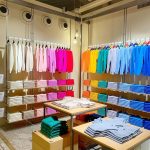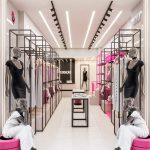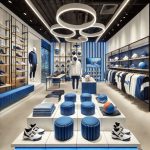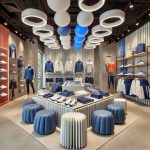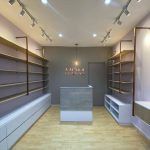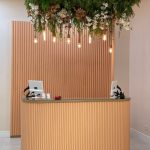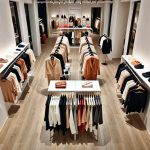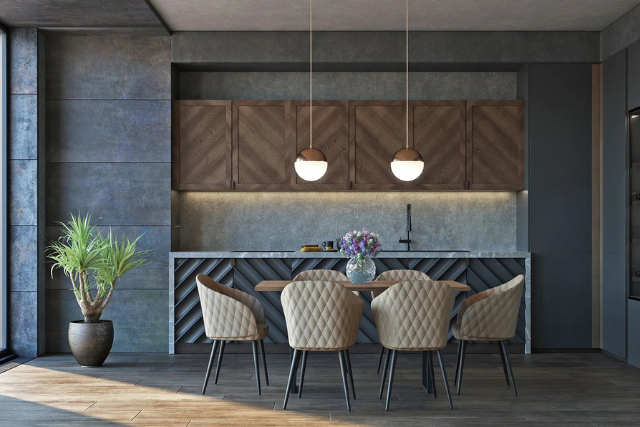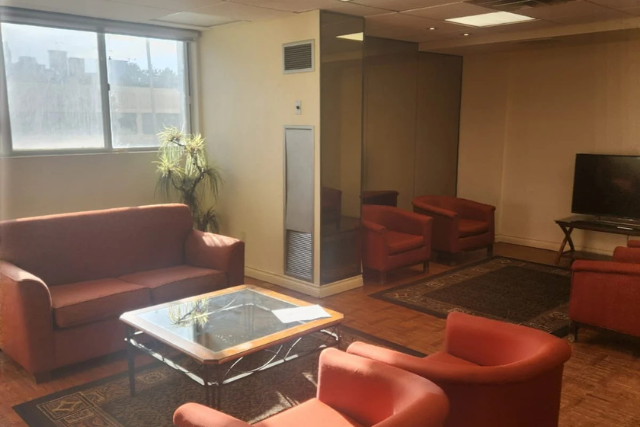Retail Interior Design Trends In Canada & USA
Retail Interior Design Trends
In the competitive world of retail, design isn’t just about appearance it’s a strategic tool to influence customer behavior and drive sales. Whether it’s a luxury boutique in Toronto or a trendy showroom in Los Angeles, great retail interior design blends aesthetics with psychology to create immersive shopping experiences.
This guide explores the latest retail design ideas, including layout planning, visual merchandising, and lighting strategies, that help stores across Canada and the USA convert foot traffic into loyal customers.
1. Designing for Boutique Stores, Showrooms, and Malls
Each retail space has its unique personality, and a successful interior design reflects that. Whether it’s a high-end boutique, an electronics showroom, or a lifestyle brand in a shopping mall, the space must align with your target audience and brand identity.
Boutique Stores
Boutique interiors should feel exclusive yet welcoming. Use warm textures, custom furniture, and unique displays to create an intimate environment that encourages browsing.
Showrooms
For car dealerships, tech products, or home decor showrooms, spacious and minimal designs let products shine. Designers in Vancouver, Chicago, and New York focus on clean lines, bold signage, and interactive zones to guide customer engagement.
Shopping Malls
In larger retail formats like malls, zoning is key. Brands should prioritize window displays, traffic-flow optimization, and visual continuity across sections to ensure easy navigation and higher dwell time.
2. Visual Merchandising: Turning Browsers into Buyers
Visual merchandising is at the heart of successful retail interior design. It’s the art of presenting products in ways that grab attention, tell a story, and inspire purchases.
Key Visual Merchandising Tips:
- Group products by theme, color, or style
- Use mannequins, props, or lifestyle setups.
- Regularly refresh window displays for seasonality.
- Apply the “eye-level is buy level” rule.
Retailers in Canada and the U.S. report up to 30% sales increases after reworking store displays based on consumer psychology and trend forecasting.
3. Lighting and Layout That Influence Shopping Behavior
Lighting is more than ambiance; it directs attention. The right lighting can highlight products, create moods, and increase dwell time.
Lighting Design Strategies:
- Use ambient lighting for comfort and focus lighting for hero products
- Add LED strip lights to shelving and signage.
- Use warm tones in fashion or lifestyle stores; cool lighting for tech and gadgets.
- Emphasize entryways and checkout counters.
Retail Layout Best Practices:
- Use the “decompression zone” near the entrance to set tone
- Guide customers with circular or grid layouts
- Create focal points with lighting and color
- Ensure accessibility and uncluttered navigation.
Retail designers in North America often use 3D modeling and customer heatmaps to refine layouts for higher conversions.
Why Work with a Professional Retail Interior Designer?
A well-designed retail space isn’t just pretty, it drives profits. Whether you’re launching a fashion boutique in Montreal or renovating a tech showroom in Dallas, professional retail interior designers in Canada and the USA ensure your store layout, lighting, and displays are built for performance
